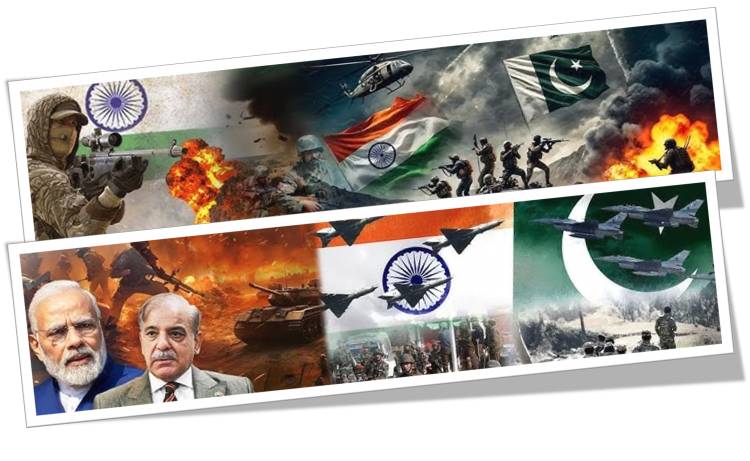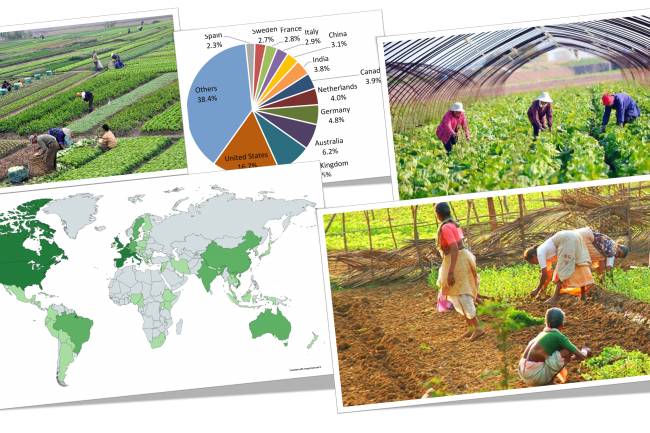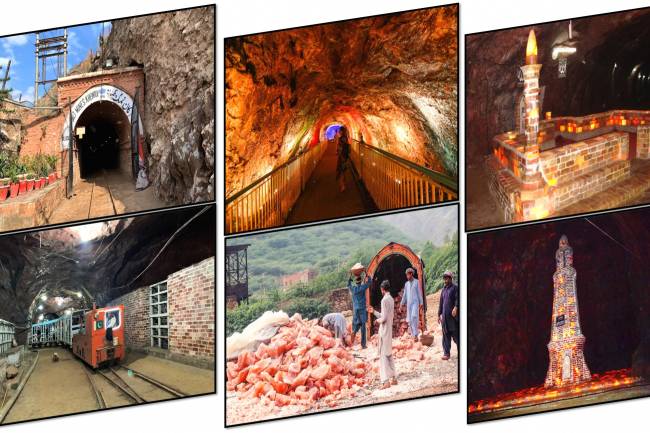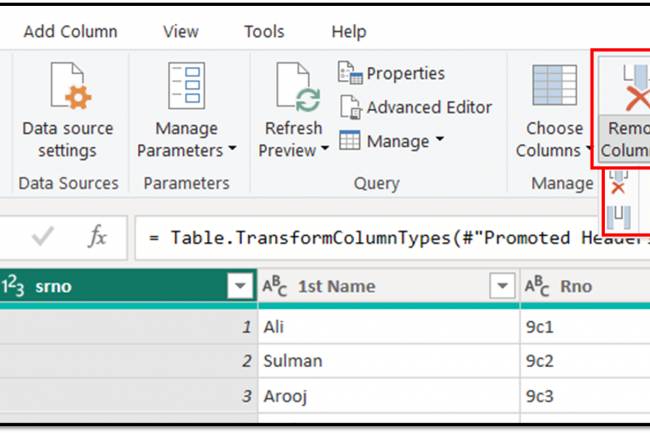
Current War Pakistan and India: May 2025
Current War Pakistan and India:
Beginning May 10, 2025, India and Pakistan face their most intense military tensions in decades, following a deadly terrorist attack in Kashmir last month. Here is a brief daily summary of recent events:
Table of Contents
Current War Pakistan and India: 1
Background: April 22 - May 6. 2
The India-Pakistan War Ends at the Negotiating Table. 2
Can the India-Pakistan war be resolved through negotiations?. 3
Current situation (as of 2025) 3
Is a peaceful solution possible?. 4
Pakistan shot down 4 Indian Raiffles and 9 drones:
May 10 - Current Condition
May 10: The conflict results in more than 50 deaths and forced evacuations near the Kashmir border. Both countries have closed several airports and suspended major events, including the Indian Premier League. International actors, including the United States, China, and the G7, have called for restraint and offered mediation. Despite mutual consent to reduce tensions, military activities continue.
May 9 - The boom continues.
May 9: Both countries accuse each other of attacking military bases. Pakistan accused India of carrying out missile attacks on airbases in Rawalpindi, Chakwal, and Punjab, while India reported Pakistani drone attacks on urban areas. The deaths include at least 48 fatalities, including 13 civilians killed in Pakistan-administered Kashmir.
May 8 - Pakistani Revenge
May 8: Pakistan launched drone and missile attacks against Indian armed fixings in Pathankot and Udhampur in reply to "Operation Banyan Al-Marsous." India reported intercepting these attacks using its S-400 air defense system. Pakistan claimed to have gunshot down 26 Indian drones, including Israeli-made Harpoon munitions.
May 7 - Operation Sindh
May 7: India launched "Operation Sindhoor," a series of 14 precision strikes against suspected terrorist infrastructure in Pakistani-administered Kashmir and Punjab. The operation, which lasted 23 minutes, used Rafale aircraft equipped with SCALP missiles and AASM Hammer bombs. India claims to have killed more than 100 militants, including associates of Jaish-e-Mohammad leader Masood Azhar.
May 1-5:
Ceasefire violations continued throughout the night. India conducted civil defense exercises in seven states, the first since 1971, indicating increased preparedness.
April 24-27:
Clashes along the Line of Control (LoC) escalated, with both sides exchanging fire. India conducted counterinsurgency operations and eliminated top Lashkar-e-Taiba commander Altaf Lali.
Background: April 22 - May 6
April 22: A terrorist attack in Pahalgam, Indian-administered Kashmir, killed 26 civilians, most of them tourists. India blamed Pakistan-based militant groups for the attack.
Until now
- Pakistan gave a befitting reply to India
- Pakistan shot down 4 Indian Raiffles and 9 drones:
The India-Pakistan War Ends at the Negotiating Table
The idea of India and Pakistan resolving their long-standing dispute through table talks—that is, peaceful diplomatic dialogue—has been discussed and hoped for many times over the decades. Here's a realistic view of the situation:
What does table talk mean?
- "Table talk" refers to bilateral discussions or negotiations between the governments of India and Pakistan, often aimed at:
- Reducing stress (especially after military clashes or terrorist incidents)
- Debating Kashmir and other contentious issues
- Improving trade, people-to-people relations, or cross-border cooperation
Can the India-Pakistan war be resolved through negotiations?
Yes, in theory. But it's very complicated.
Historic Efforts
- Several rounds of peace talks have been held between India and Pakistan since 1947. Key efforts include:
- Tashkent Agreement (1966) after the 1965 war
- Simla Agreement (1972) after the 1971 war
- The Agra Summit (2001) failed following terrorist and Kargil tensions.
- Comprehensive Dialogue Process (2004-2008): suspended after the Mumbai attacks
Why do things often fail?
The Kashmir dispute remains unresolved.
Cross-border terrorism (e.g., the attack on Parliament in 2001, the Mumbai attacks in 2008, and the Pulwama attacks in 2019) disrupts dialogue.
Public Sentiment and Politics: Hardline views in both countries limit flexibility.
Military influence in Pakistan's policymaking complicates sustained diplomacy.
Current situation (as of 2025)
According to recent reports:
- There are no formal peace talks underway at the highest level.
- Indirect diplomacy (secret or informal communications) is occasionally reported.
- A ceasefire agreement has been in place along the Line of Control (LoC) since 2021, and it is largely holding.
Is a peaceful solution possible?
Yes, but this will require:
- Mutual consent to reach an agreement.
- An end to terrorism and proxy conflicts.
- Public support in both countries for peace.
- Possibly a third-party facility (e.g., the United Nations, Gulf countries, or the United States)
Summary
The war between India and Pakistan could end on the table, but only if both sides demonstrate sustained political resolve, reduce hostility, and build mutual trust.



















